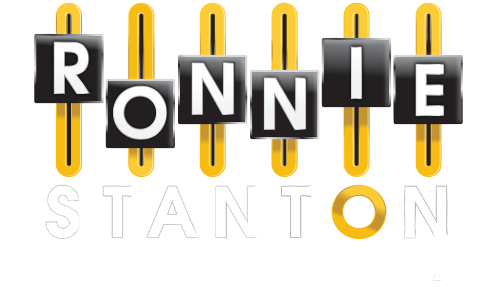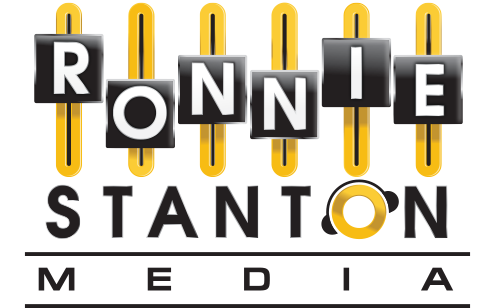The cure for Mondays was discovered by an Ethiopian goat-herder named Kaldi.
He noticed his animals had trouble sleeping after eating certain berries from a certain bush. After hearing about this discovery, the Abbot at a nearly church decided to make a drink from these berries and found he too had more energy to focus on all-night prayer.
Farming of the bean spread rapidly and coffee houses appeared throughout Europe – the worldwide love of coffee was born. Its growth was slowed briefly when Venetian priests declared it the ‘elixir of Satan’ but the Pope at the time (who quite liked a nice, hot cup of Joe) gave it the Vatican green light. By the 16th Century, it even replaced the traditional breakfast drinks of beer and wine (that does explain the orgies perhaps).
Today, the culture of coffee is everywhere. You can’t drive ten blocks in most cities without seeing a Starbucks and now, a two-way battle is raging over do-it-yourself machines that put a virtual barista in every home.
Keurig had the idea first.
In 1998, the Vermont based company developed the K-Cup pod, allowing coffee lovers to make fancy flavoured beverages at home with ease. The idea exploded and today they are a multi billion dollar company offering over 400 varieties; but they are not winning the war.
Rival Nescafe is the coffee arm of the Swiss Nestle Group. They have been selling coffee related products since the 1970s but it was only in 2011 that they copied Keurig’s idea and developed the home Nespresso machines. By 2014 they had over 53% of market share; by 2015, 61% and their growth continues, much to their rival’s dismay.
It doesn’t matter who came up with the idea.
And it doesn’t really matter which one is better.
Nespresso is winning the war because it has the familiarity and firepower of the Nestle name and accordingly, has a bigger base to build from. Unknown brand Keurig successfully created the market segment but Nestle won by refining the concept and leading with the comfort of a known brand.
It hurts our ego to copy a competitor, it feels wrong even. But when a new or underperforming station launches a unique offering to the market it is highly stealable. The station with the largest cume can copy and take credit, cutting the knees out from under the competitor before the audience gives them kudos for it.
Look around you and shamelessly ‘borrow’ great ideas that can make your brand even better.


